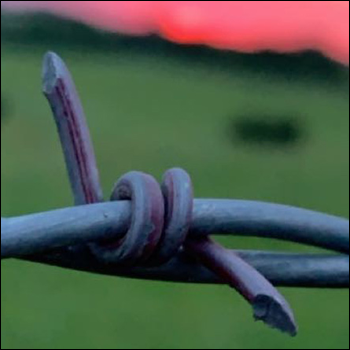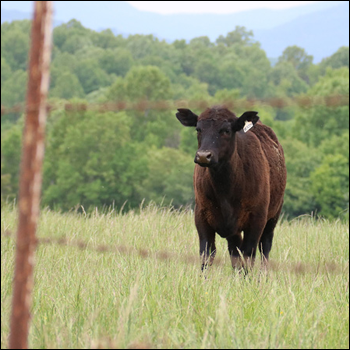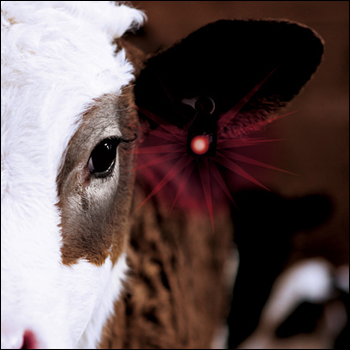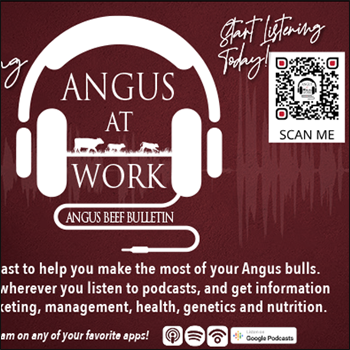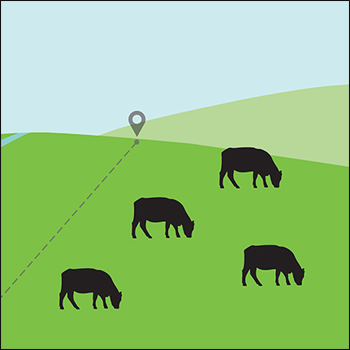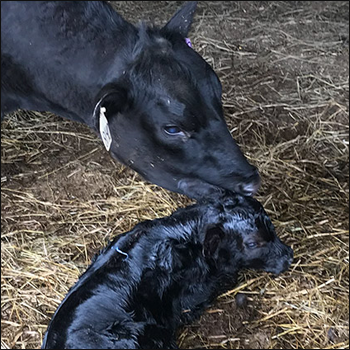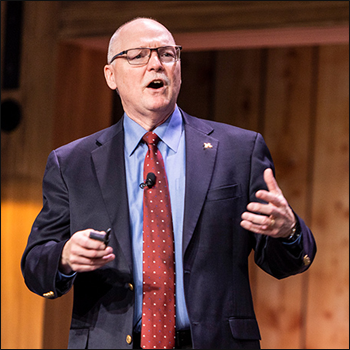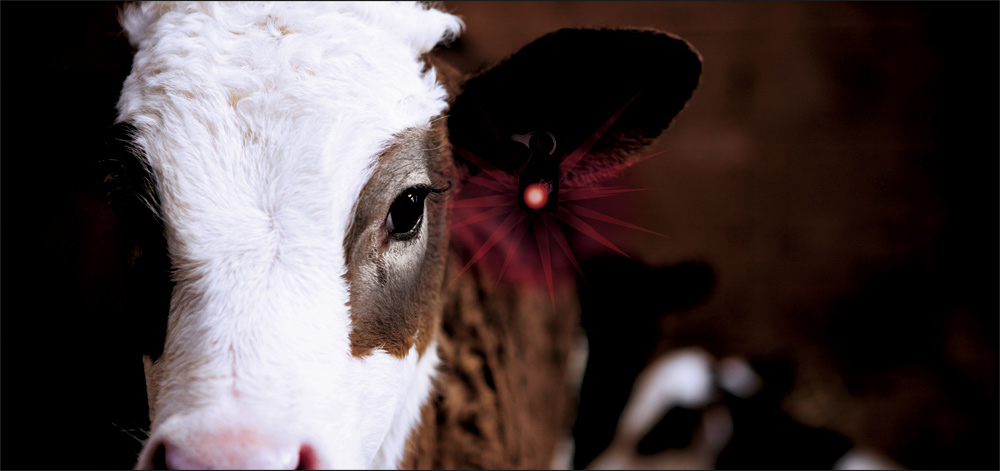
Ear Tags Monitor Temperature
Treat BRD more quickly with hands-off temperature detection.

One of the challenges in the livestock industry is keeping animals healthy. Early detection and treatment generally result in quicker, more successful recovery — with less stress for the animal and less cost for the producer. Fever is typically the first sign of bovine respiratory disease (BRD). The animal’s temperature generally rises 24 to 72 hours before visual signs and depressed appetite become apparent. Several innovative devices have been created in the past decade to measure temperature of the animal remotely, so a person can read the temperature without having to handle and restrain the animal.
John Greer, chairman of FeverTags, a company that has been marketing temperature-sensing tags for six years, says when the company put the technology together and started testing it, they found that just because an animal’s temperature rises above “normal” does not necessarily mean the animal is sick. Temporary rises in temperature can be due to exertion, stress, hot ambient temperature, what the animals are eating, etc.
“The animal in those situations will usually cool down to normal again, but what we determined, through multiple university and veterinary colleges studying thousands of cattle, is that once their temperature goes up and stays above 103.5 for a constant six hours or more, this is the best early indicator of illness,” says Greer.
Typically the temperature rises about 72 hours before the animal shows signs — so the important thing to monitor is not only the higher temperature, but its duration. This is the lead indicator that an animal is sick, he explains.
FeverTags offers a static tag, meaning that all the electronics needed are encapsulated within the tag itself. When the sensor determines the animal’s temperature is elevated and has stayed elevated for a certain time, a light flashes on the tag for easy identification. Greer says they can preprogram that duration for either six hours or 12 hours.
“If you are putting these tags in day-old calves, keeping them through weaning age, we recommend the six-hour tag because you want to catch any disease early in those young calves,” he says.
Young calves can become seriously ill very quickly if you don’t treat them early in the disease process.
For tags in older calves — weaning age or older — or adults, Greer recommends the 12-hour tag. If the animal is able to cool itself and body temperature drops below that level, either before or after treatment, the process can start over again. Tags are reusable and can be put in different animals.
Ted White, a Texas rancher, manages thousands of stocker cattle on wheat pasture and uses FeverTags®. He used to mass treat them all when he received the calves, but now he saves that money and just puts the tags in. He says this has cut his death loss in half, eliminating BRD as an issue.
Toby Crow of Rafter 3 Feedyard in Dimmitt, Texas, is seeing similar results. It’s hard to find and keep qualified help, and FeverTags provides pen riders with a tool to find sick calves well before they normally could identify the sick ones.
The tags utilize TempVerified software, with an automatic alarm reset. The software monitors every 15 minutes for a breach in temperature and duration. When both temperature and timing parameters have been met, the tag triggers the red flashing LED light. The new version is lighter than the original tag and weighs less than ½ ounce — designed to fit day-old calves up to adults. The temperature probe forms to the ear canal and the flashing light has high visibility at distances of up to 40 feet in daylight.
“We are launching a new cloud-connected data tag, allowing you [to] receive the data and sickness notifications remotely. You can get notifications on your phone and keep records on that animal — including other tags, brands, history of the animal, etc. It provides what we’d term a cattle passport,” says Greer.
“It will be able to transmit three to four miles in any direction. One gateway can handle more than a million head in a 4-mile radius. This is equivalent to coverage on a 30,000-acre ranch or a 150,000-head feedyard,” he says.
“We are eager to use the new cloud-connected FeverTags when they come out,” says Crow.
Editor’s note: Heather Smith Thomas is a cattlewoman and freelance writer from Salmon, Idaho. Photos courtesy John Greer.

Angus Proud
In this Angus Proud series, Editorial Intern Jessica Wesson provides insights into how producers across the country use Angus genetics in their respective environments.
 Angus Proud: Scott Sproul
Angus Proud: Scott Sproul
Oklahoma operation learned wisdom of moving calving season to better suit their marketing needs.
 Angus Proud: Bubba Crosby
Angus Proud: Bubba Crosby
Fall-calving Georgia herd uses quality and co-ops to market calves.
 Angus Proud: Jim Moore
Angus Proud: Jim Moore
Arkansas operation retains ownership through feeding and values carcass data.
 Angus Proud: Les Shaw
Angus Proud: Les Shaw
South Dakota operation manages winter with preparation and bull selection.
 Angus Proud: Jeremy Stevens
Angus Proud: Jeremy Stevens
Nebraska operation is self-sufficient for feedstuffs despite sandy soil.

